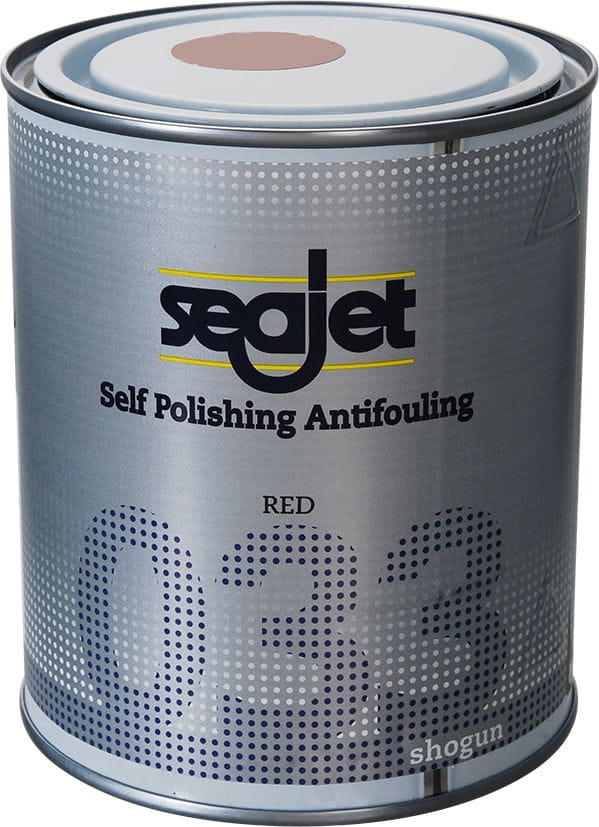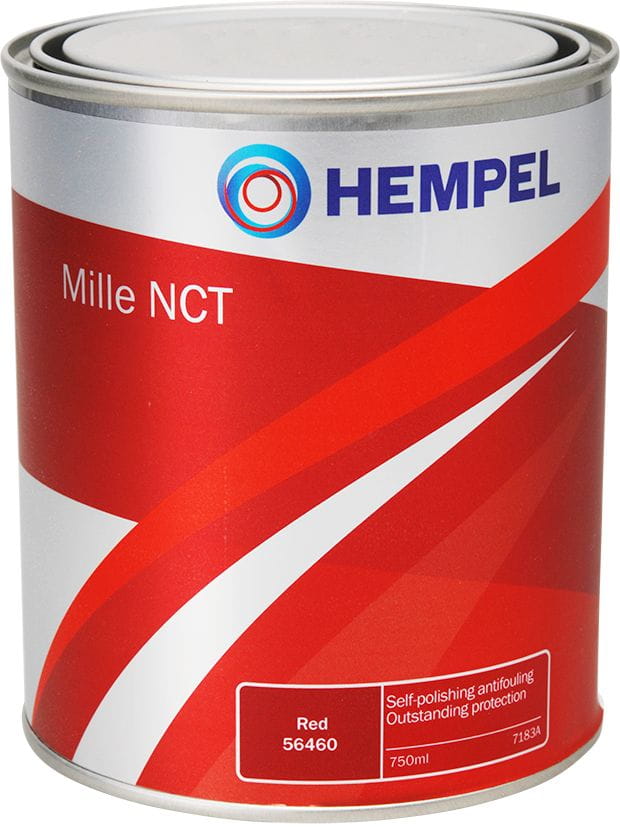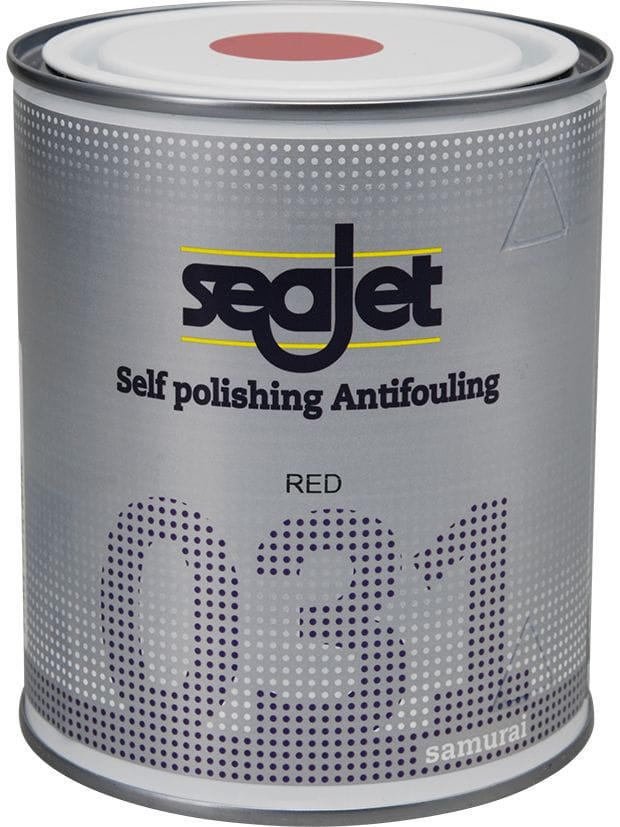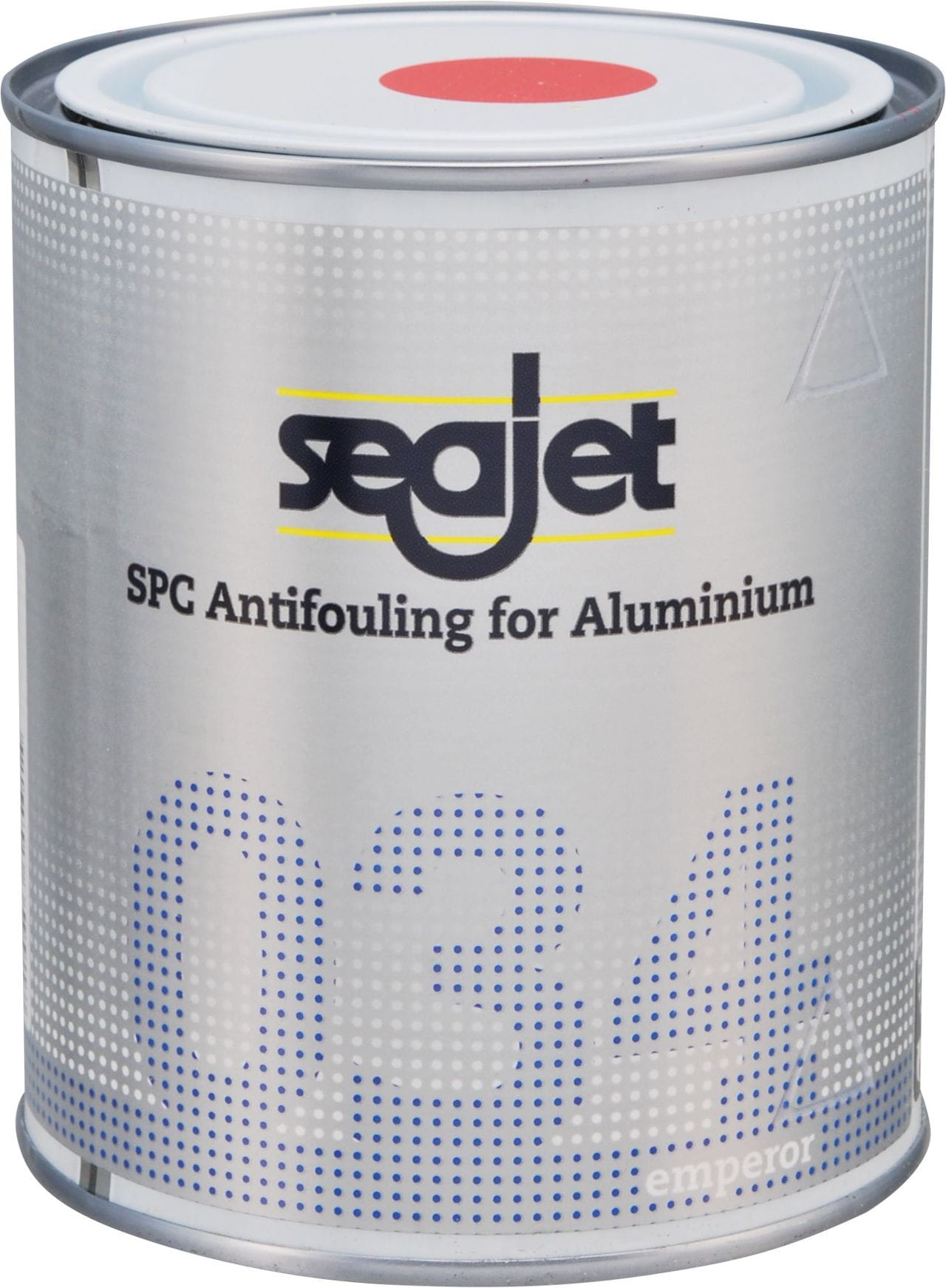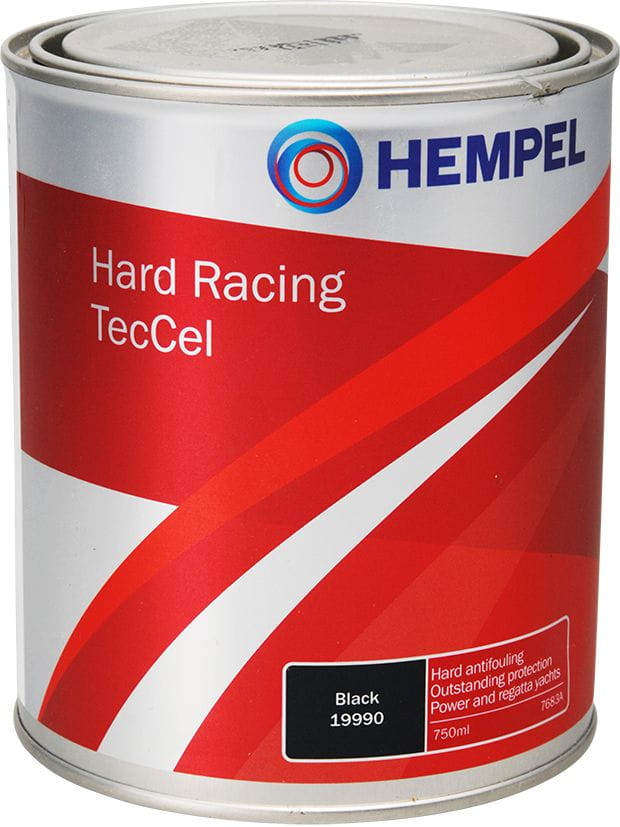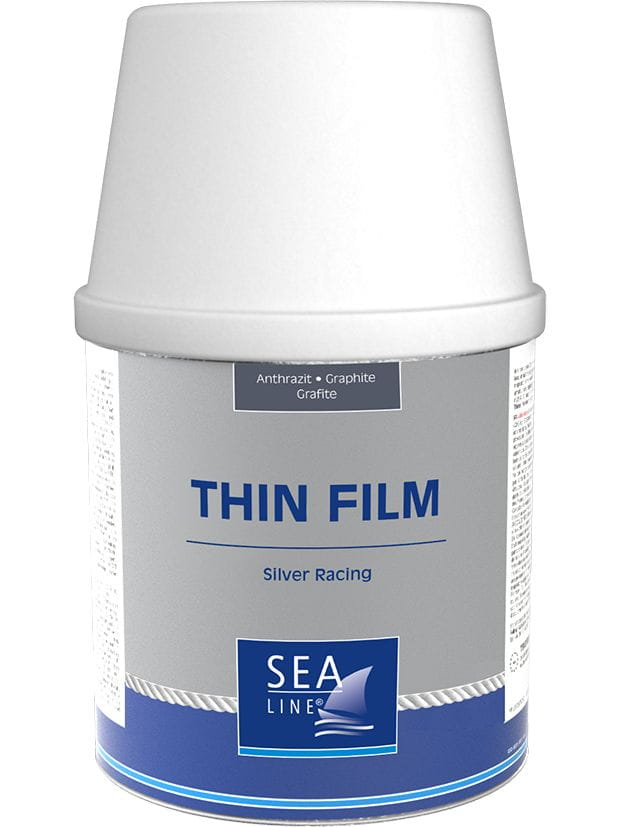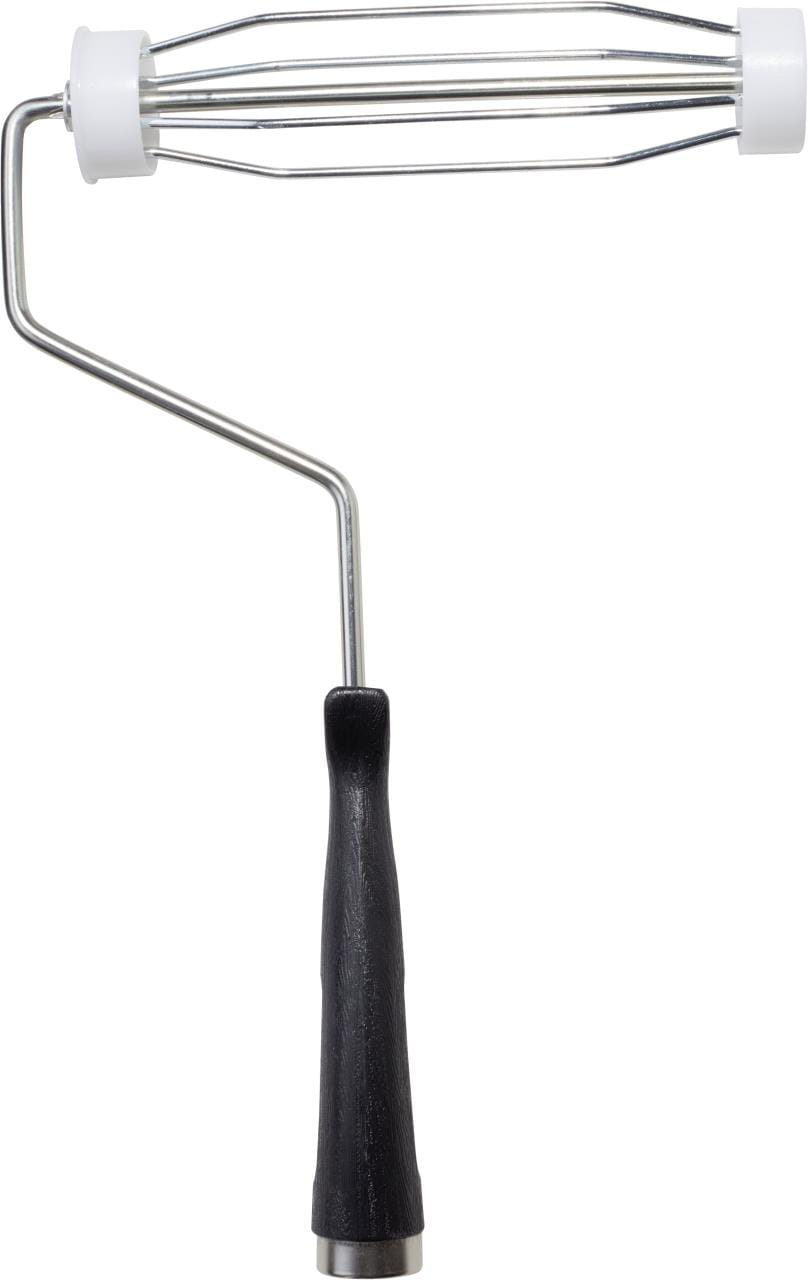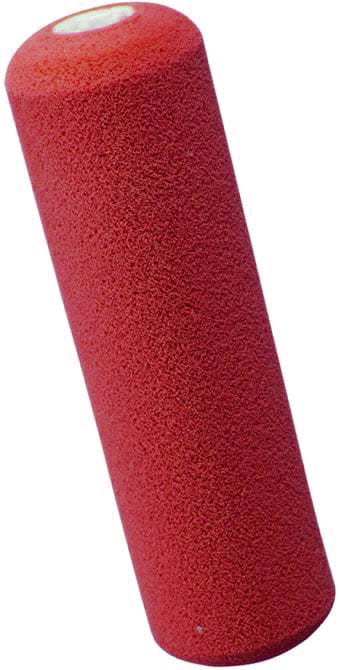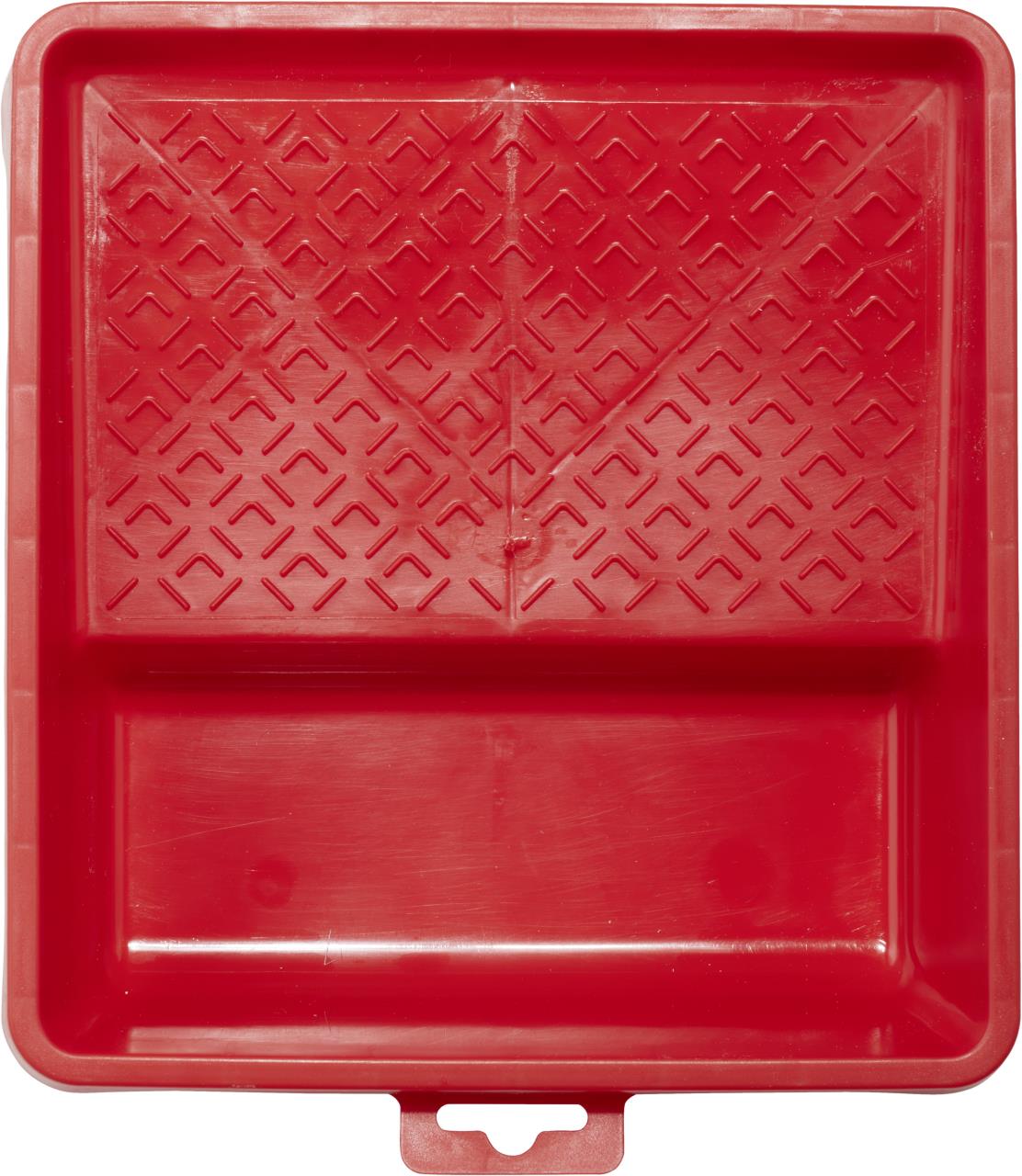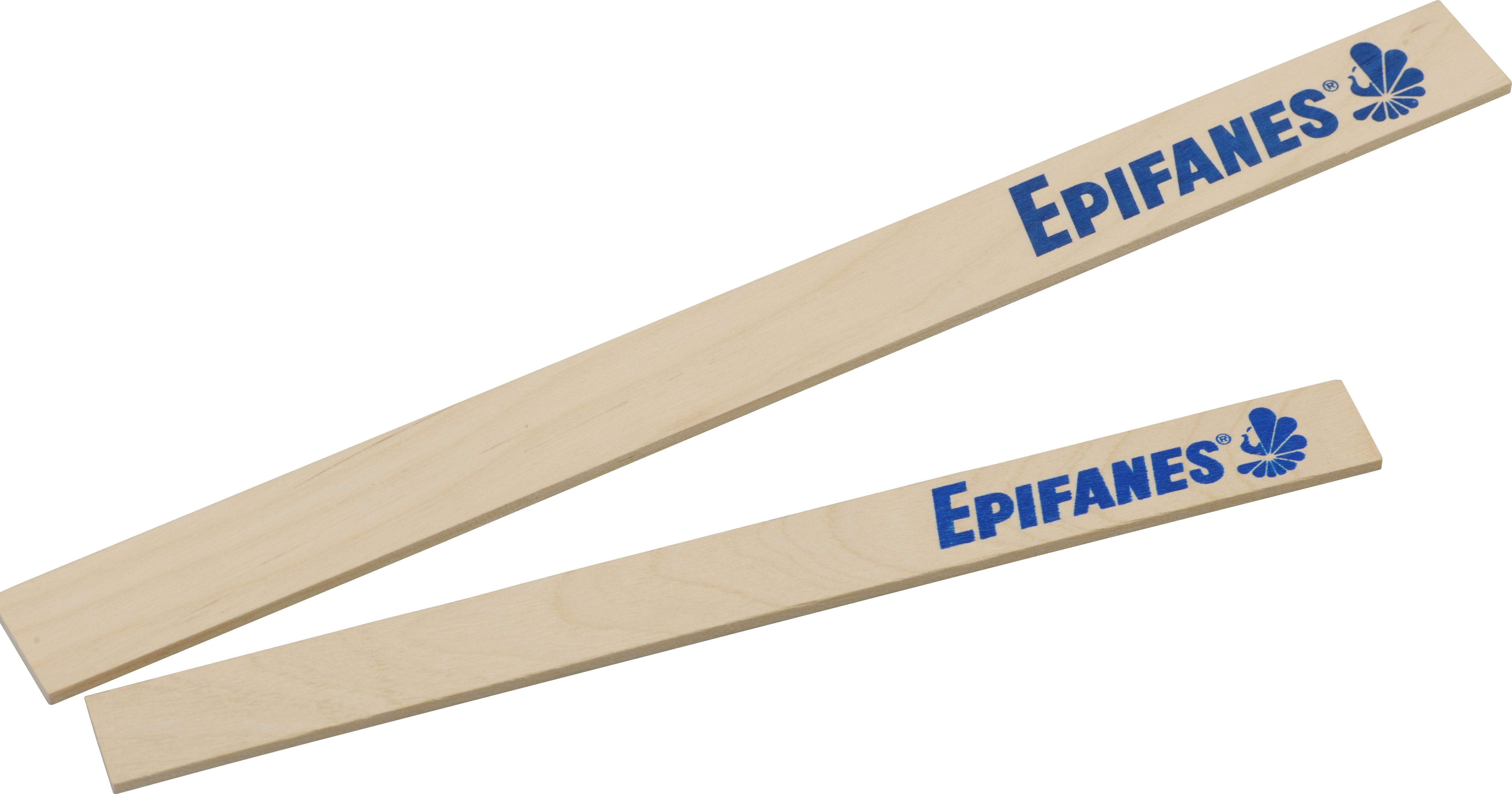Antifouling Guide
Selection, Application, Environmental Protection & Health
Background
Since January 1, 2025, the ChemBiozidDV has been in force – it regulates the sale of conventional antifoulings that contain biocides. We will inform you about the new purchasing process, the correct application, and alternative antifouling solutions.
Biocidal Antifoulings: Advantages and Risks
The growth of algae, slime, and mussels on the underwater hull, also known as fouling, can significantly impair a boat's speed and fuel consumption. Biocidal antifoulings actively counteract this by releasing biocides such as copper, which prevent the settling of fouling by damaging or killing it. However, biocidal antifoulings not only combat algae and mussels on the hull but also harm other organisms in the waters. Furthermore, biocides are often difficult to degrade (persistent) and accumulate in the water and soil. In the long term, this leads to damage to ecosystems.
More Education Through Consultation
To reduce the discharge of biocides into the environment, the regulation introduces new legal requirements: Biocidal antifoulings may only be sold to private customers by our trained personnel and after a short consultation – whether in the store or in the online shop. The conversation only takes a few minutes and informs you about safe application, storage, and disposal – and about when a biocide-free alternative may be sensible.

Do you have questions about the ChemBiozidDV or would you like advice on antifouling?
We are happy to help you. You can reach our knowledgeable employees Monday to Friday from 9 am to 6 pm at the telephone number +49 40 88 90 10 - 80
First things first: choosing the right antifouling
Before purchasing antifouling, consider the following points:
- Fouling conditions in the area
Saltwater or brackish water areas often have a high fouling pressure, against which a biocidal antifouling works best. In inland and freshwater areas, a biocide-free alternative is usually sufficient. The Fouling Atlas of the German Environment Agency (Umweltbundesamt) provides an overview of the fouling conditions in German waters. - Regional regulations
There are waters where the use of biocidal antifoulings is prohibited. Inform yourself about possible restrictions with local port authorities, sailing clubs, or environmental protection associations. - Boat type & speed
Choose a product that suits your boat and your usage behavior. Biocidal antifoulings are categorized into three types:- Self-polishing antifouling
Ideal for slower boats, continuously releases biocides - Hard antifouling
Abrasion-resistant paint, suitable for fast boats and for boats that often dry out (take the ground) - Thin-film antifouling
Achieves a particularly smooth surface that minimizes friction and fouling
- Self-polishing antifouling
- Compatibility with existing coatings
Before changing products, check the compatibility between the old and new antifouling. If compatibility is unclear, a layer of barrier primer usually helps as a tie-coat. - Environmentally friendly alternatives without biocides
Biocide-free underwater paints function similarly to conventional hard or self-polishing antifoulings; instead of biocides, they contain alternative active ingredients such as hydrogel or zinc oxide to protect the surface from fouling. Silicone or epoxy resin-based underwater coatings often last several seasons. They form a smooth, water-repellent surface that is easy to clean.

Apply antifouling safely
1. Preparation
- Read application information on the label or in the product data sheet
- Only work in well-ventilated rooms or outdoors on a hard, impermeable floor
- Lay down a sheet to catch paint splatters and dust
- When sanding, enclose the underwater hull with plastic sheeting to minimize dust dispersal

2. On the job
- Wear a protective suit, gloves, safety glasses, and mask
- Perform dust-intensive hand sanding only with adequate extraction
- Keep away ignition sources (open fire, heat, hot surfaces)
- Do not eat, drink, or smoke while working
- Collect spilled quantities and dispose of them properly
- In case of skin contact, wash off quickly with warm soapy water
- In case of eye contact, rinse with water for several minutes and immediately call a doctor or the poison control center

3. Storage & disposal
- Seal opened containers airtight
- Keep out of reach of children
- Store protected from frost and direct sunlight at 5 - 25 °C
- Dispose of paint residues & empty cans properly at the recycling center; do not throw them into general waste

Self-erosion antifouling paints
Self-eroding antifoulings have a soluble resin system with active ingredients that repel or inhibit fouling. After activation in the water, the antifouling layers are controlledly degraded, ensuring a fresh and active layer with biocides is always on the surface. This results in high effectiveness during the sailing season, a smooth surface, and reduces the build-up of thick antifouling layers on the hull. For the next season, the new coat can be applied directly after a thorough cleaning and without intermediate sanding.
Hard antifouling paints
Thin-film antifouling coatings
Biocide-free underwater paints and coatings
Biocide-free underwater paints and coatings are primarily suitable for inland waters with low fouling pressure and for areas where a ban on biocidal antifoulings is in place. In other waters, such as the North and Baltic Seas, one must anticipate that fouling may adhere more readily than with biocidal antifoulings. Regular inspection of the hull during the season and cleaning with a sponge help to minimize any emerging fouling.
How do I find the right antifouling for my sailing area?
Every body of water has its own aquatic organisms. Depending on temperature, sun exposure, salinity, current, nutrient content (e.g., through agricultural discharge of fertilizers), and water quality, the fouling varies, meaning that not every antifouling works equally well in every sailing area.
How to find out which antifouling is suitable for your area:
- In the TOPLICHT article information, you will find indications of the area of application for which the antifouling is suitable.
- Manufacturers also sometimes provide information.
- Ask around in your cruising area, perhaps your neighbor at the dock has a secret tip.
- The Federal Environment Agency (Umweltbundesamt) has created a Fouling Atlas and provides extensive information about antifoulings, which you can find under this link: https://www.umweltbundesamt.de/themen/chemikalien/biozide/biozidprodukte/antifouling-mittel/bewuchsatlas-start
- Separate regulations and guidelines apply to some areas in Germany and abroad. Familiarize yourself with local legislation. A current list of antifoulings approved in Holland is regularly published on the "Varen doe je Samen" page: PDF Antifoulings-Holland Approval (As of 2023)

How much antifouling do I need?
First, you must calculate the total surface area in m² of your underwater hull using the following formulas.
- Full-Keel Boat: Total Surface Area m² = 0.75 x Length of Waterline x (Beam + Draft)
- Fin-Keel Boat: Total Surface Area m² = 0.50 x Length of Waterline x (Beam + Draft)
- Motorboat: Total Surface Area m² = Length of Waterline x (Beam + Draft)
The required quantity in liters can be calculated using the formula: Total Surface Area m² / Coverage Rate m²/l of the paint.

How many coats of antifouling do I need to apply?

How do I renew my antifouling?
We recommend an annual renewal coat of antifouling to ensure adequate protection against fouling. When the boat is taken out of the water in autumn, the underwater hull should be cleaned as well as possible, preferably with a high-pressure cleaner.
If the surface is intact:
- Clean the surface, e.g. with HEMPEL's Pre-Clean and fresh water and remove loose paint (lightly sand the edges if necessary).
- Allow the underwater hull to dry.
- Apply one to two coats of the same antifouling.
If the surface is damaged:
If necessary, treat and prime the surface with fairing compound as follows:
- Wet sand the underwater hull with sandpaper grit 100 – 240 or dry sand with the MIRKA sanding discs and dust extraction.
- Clean the underwater hull, e.g. with HEMPEL's Pre-Clean and fresh water.
- Allow to dry.
- Where required, fill and prime with suitable products.
- Apply additional primer coats to faired and filled areas to seal in the filler.
- Allow the underwater hull to dry completely before applying primer and antifouling.
- Apply one to two coats of antifouling.
If the underwater hull needs to be completely rebuilt:
- Sand the old antifouling completely down to the primer or scrape off the antifouling and then sand the surface smooth.
- Clean the underwater hull, e.g. with HEMPEL's Pre-Clean and fresh water.
- Allow to dry.
- Apply primer coats according to the product data sheets.
- Apply one to two coats of antifouling.

Roller or brush - how do I apply antifouling?
Applying antifouling with a roller is usually the fastest method for large surfaces. High-quality foam rollers or a short-pile mohair roller create a high-quality surface finish. Brushes are suitable for difficult and rough surfaces, as well as small touch-ups and hard-to-reach areas.
You achieve an even surface by working criss-cross, meaning both horizontally and vertically, on an area that is not too large. If you are working with a brush, the final brush strokes should be light and vertical only. We generally recommend using high-quality rollers and brushes to prevent the rollers from swelling too quickly due to solvents and the brushes from losing hairs.
In what weather conditions can I apply antifouling?
Always observe the manufacturer's recommendations, which you can find on the product data sheets. Generally, we recommend applying antifouling at temperatures between 10 and 25 degrees Celsius. The air humidity should not exceed 65%.
Only paint your underwater hull when it is completely dry. Due to temperature fluctuations and high humidity, condensation often forms on the underwater hull in spring; in this case, you must not apply the antifouling. Also, avoid direct sunlight on the area to be painted and do not apply the antifouling in excessively windy conditions, as the solvents will evaporate too quickly in both cases, causing the paint to dry too fast and become stringy.
I have no idea what antifouling was applied to my boat.
I would like to switch to a different antifouling product. What do I need to bear in mind?
When do I need to renew my antifouling paint?
How long an antifouling remains effective cannot be answered generally, as the effectiveness depends on several factors:
- on the type of antifouling (read the recommendations in the product data sheet),
- on the applied film thickness,
- on the vessel's speed,
- on the water temperature,
- on the microorganisms present in the water,
- on the general condition of the underwater hull (does the paint adhere, is it nicely smooth).
To maintain optimal effectiveness, a new layer of antifouling should usually be applied annually. It may also be sufficient just to touch up the antifouling, as the antifouling is typically consumed fastest at the waterline, rudder, and keel.

TOPLICHT tip for self-eroding antifouling:

When completely recoating the underwater hull, it is advisable, after sealing with an epoxy primer (e.g., HEMPEL Light Primer), to first apply one coat of hard antifouling, and only then apply 2 coats of self-polishing antifouling in a different color. This can save work and money, because it is only necessary to apply new self-eroding antifouling when the color of the bottom layer becomes visible.


